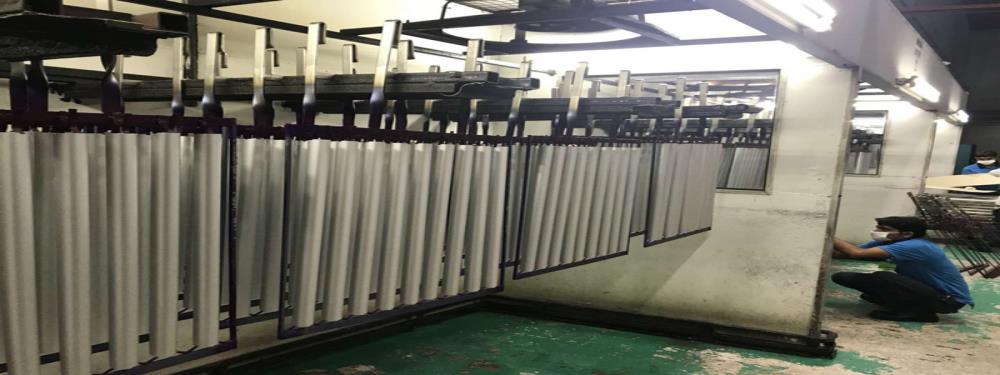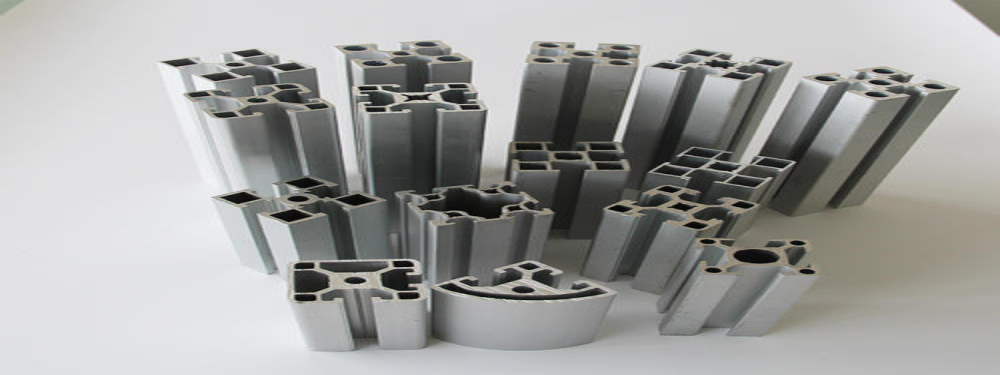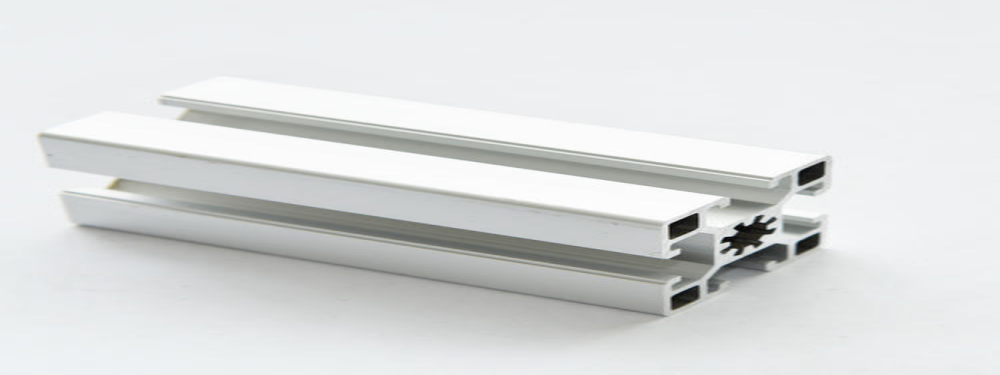
Degreasing And Cleaning Methods And Precautions For Aluminum Materials And Aluminum Alloys
2022-08-30 18:23
Degreasing of aluminum alloy is an important process in the surface treatment of aluminum alloy parts. If the surface of aluminum alloy is not degreased, it will be difficult to carry out subsequent processing. The pollutants to be removed from the surface of the parts include: various oil stains, residual polishing paste, hand imprints, oil seals, surface waxes, etc. of aluminum alloy parts in the process of stamping, turning and milling. The oil removal methods can be divided into solvent oil removal, chemical oil removal, electrochemical oil removal, etc. the following describes the differences between these oil removal methods.
1、 Solvent degreasing

The organic solvent has a strong dissolving effect on saponified oil and non saponified oil, and can remove the marks and residual polishing paste on the surface of the workpiece. The main target is non saponified oil pollution.
Organic solvent degreasing methods include scrubbing method, immersion method, spraying method, ultrasonic cleaning method, etc. Among them, the oil cleaning agent is selected for ultrasonic cleaning, which has the characteristics of high efficiency and good oil cleaning effect. It is more effective for some workpieces with complex shapes, fine holes, blind holes and high oil removal requirements. It is the commonly used organic solvent cleaning method at present.
Features: the oil removal speed is fast, generally it will not corrode the metal, but it is not very thorough to remove heavy oil, and it needs to be further cleaned by chemical or electrolytic methods.
2、 Chemical degreasing

Chemical degreasing is used to remove invisible oil stain, surface dust, trace rust prevention layer and some small amount of pollutants formed during transportation or production. Chemical oil removal includes basic chemical oil removal and acidic chemical oil removal.
1. Alkaline chemical degreasing
Alkaline oil removal is one of the most commonly used methods. The principle of oil removal is to achieve the purpose of removing these two types of oil by means of the saponification of saponifiable oil by alkaline solution and the emulsification of non saponifiable oil by surfactant.
2. Acid chemical degreasing
Acidic oil removal treatment is also a widely used oil removal method. Acidic oil removal agents are generally composed of inorganic or organic acids, surfactants, corrosion inhibitors and penetrants.
Features: no heating is required, and good oil removal effect can be achieved under normal temperature. If heated to about 40 ℃, the oil removal effect can be significantly improved; The working cylinder can be made of hard PVC when oil is removed at normal temperature, and PP when oil is removed by heating.
3、 Electrolytic degreasing

Alkaline electrolytic degreasing is rarely used for aluminum alloy degreasing treatment, because this type of cleaning treatment has a large corrosive effect on the surface of parts, and the equipment investment is also large.
Features: it has great activity and purification. Electrolytic oil removal is divided into cathode oil removal and anode oil removal. Most of them adopt cathode oil removal.
matters needing attention:
1. Selection of degreasing agent
Due to the poor effect of single component cleaning agent, multi-component and composite cleaning agent is generally used in the production of industrial aluminum profiles. The composite cleaning agent composed of strong alkali, weak alkali, polymerized inorganic salt, surfactant, etc. can give full play to their respective cleaning characteristics, thus significantly improving the cleaning efficiency.
2. Foam and its control
In metal cleaning, the generation or removal of foam is very important to the pretreatment process. A certain amount of foam is beneficial to some treatment processes. However, the quality of the cleaning agent for aluminum profiles does not depend on the amount of foam, and the cleaning agent is required to be low foam when spraying, otherwise the batch production will be difficult to proceed normally.
3. Pay attention to the washing quality
In order to reduce the degree of pollution, first of all, it is necessary to minimize the contamination of the next process by the cleaning liquid carried by the workpiece. In addition, multi-stage water washing should be considered, generally two-stage water washing, and some processes will use pure water washing. The maximum contamination of the water used for the next stage washing shall not exceed one tenth of that of the previous stage washing workpiece, so the residual liquid concentration of the second stage washing workpiece is only one percent of the original concentration. When adding clean water for washing, overflow supplement shall be adopted to save water.
4. Strengthen process management
Strictly follow the operating procedures. Check the operation status every day and observe the process parameters at all times. It is prohibited for the workpiece to stay in the equipment for a long time to avoid corrosion.








